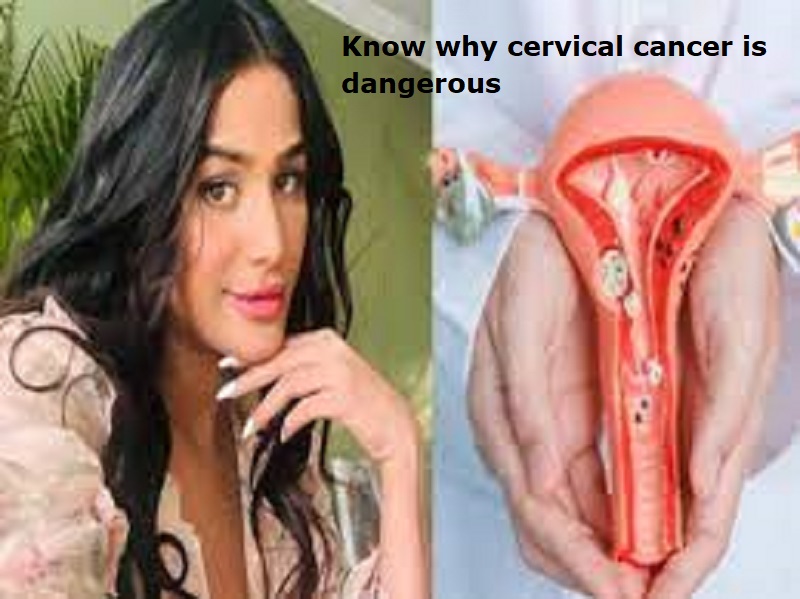
Cervical cancer is the second-leading cause of deaths among women in India. As per data, around 604,000 women were diagnosed with cervical cancer across the world in 2020 and around 342, 000 died from the disease.
In the Interim Budget, the Union l government had announced plans to encourage vaccinations against the human papillomavirus (HPV) through its immunisation programme. Finance Minister Nirmala Sitharaman, in her interim budget speech, highlighted the government’s commitment to encouraging vaccination for girls in the 9-14 age group to prevent cervical cancer. Although HPV vaccination has been licensed in India since 2008, it is yet to be included in the national immunization program.
Cervical cancer develops in a woman’s cervix. Cervix is the entrance to the uterus from the vagina. Around 99% of cervical cancer cases are linked to infection with high-risk human papillomavirus (HPV). HPV is an extremely common virus transmitted through sexual contact.
According to the World Health Organization (WHO),cervical cancer is the fourth most common cancer in women. Effective primary (HPV vaccination) and secondary prevention approaches (screening for, and treating precancerous lesions) will prevent most cervical cancer cases.
Cause:
Human papillomavirus or HPV is the cause of 99% cases of cervical cancer. It is a common sexually transmitted infection which affects the throat, genitals and the skin. Almost all sexually active people will be infected at some point in their lives, usually without symptoms. In most cases, the virus is cleared from the body by the immune system. However, persistent infection can lead to the growth of abnormal cells which can turn into cancer.
Other risk factors:
Also Read: Doing these yoga asanas will reduce blood sugar levels naturally
Smoking: Smoking raises the risk of cervical cancer..
Weakened Immune System: The risk can be increased by diseases like HIV/AIDS and drugs that weaken the immune system.
Early Sexual Activity: Having sex when you are young raises your risk of HPV infection.
Many Sexual Partners: The risk of HPV transmission is increased when an individual has multiple sexual partners.
Oral Contraceptive Use: There may be a higher risk if oral contraceptives are used for an extended period of time.
Symptoms:
Early-stage cervical cancer may not show any signs at all and frequently progresses slowly.
Unusual bleeding between periods, after menopause, or after sexual intercourse
Increased or foul-smelling vaginal discharge
Symptoms like persistent pain in the back, legs, or pelvis
Weight loss, fatigue and loss of appetite
Vaginal discomfort
Swelling in the legs
Prevention:
HPV vaccination: Getting vaccinated against HPV is one of the best ways to avoid cervical cancer. Teenagers should usually get vaccinated before they start engaging in sexual activity.
Regular Pap Smears: By identifying aberrant cell alterations early on, routine cervical screening with Pap smears or Pap tests enables prompt intervention.
Safe Sexual Practices: Reducing the number of sexual partners and using barrier techniques like condoms can help lower the risk of HPV transmission.
Cessation of Smoking: Giving up smoking lowers the risk of cervical cancer and enhances general health.
Sustaining a Healthy Lifestyle: Eating a well-balanced diet, getting frequent exercise, and being in general in excellent health all help to build a strong immune system that lowers vulnerability to infections.

Post Your Comments